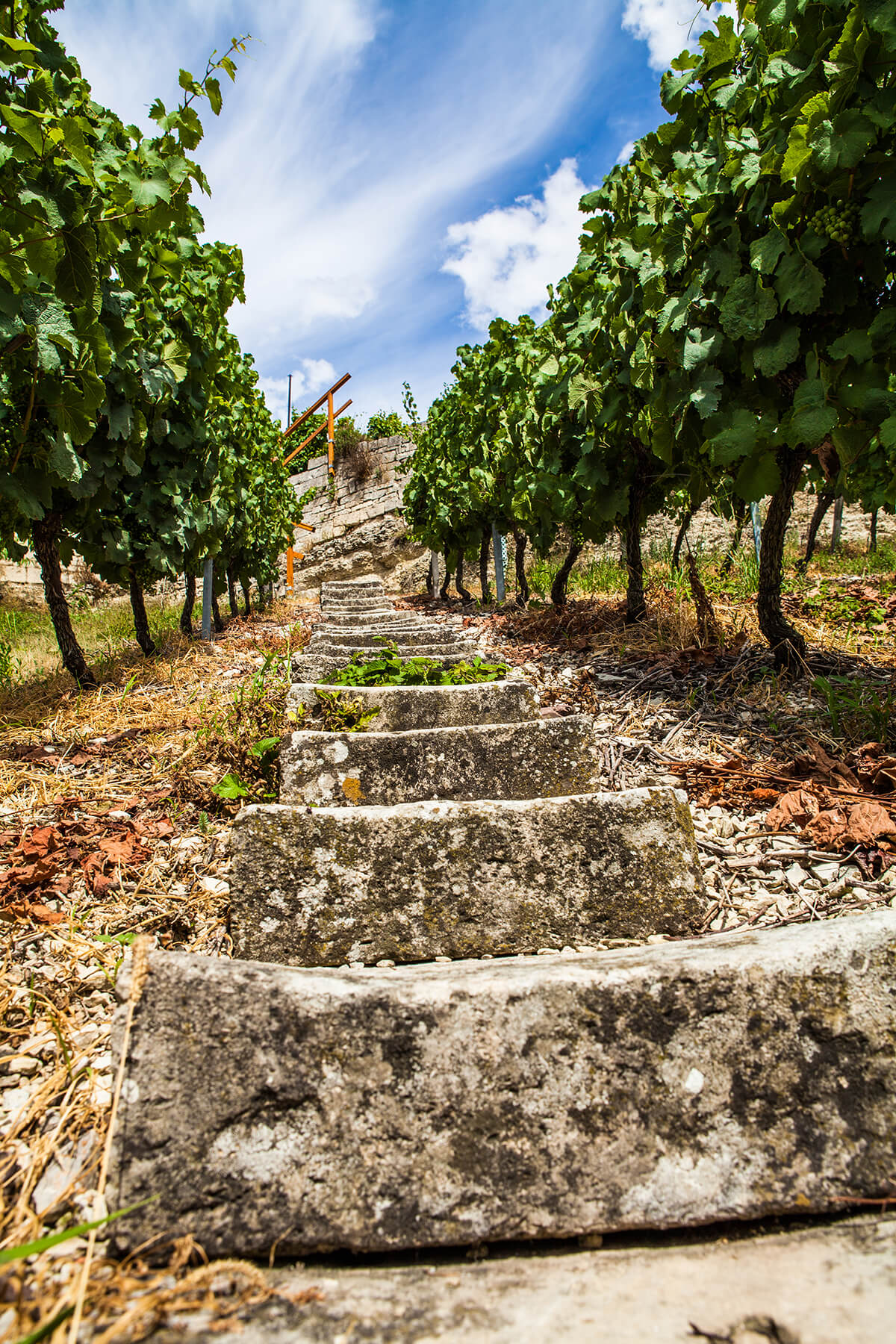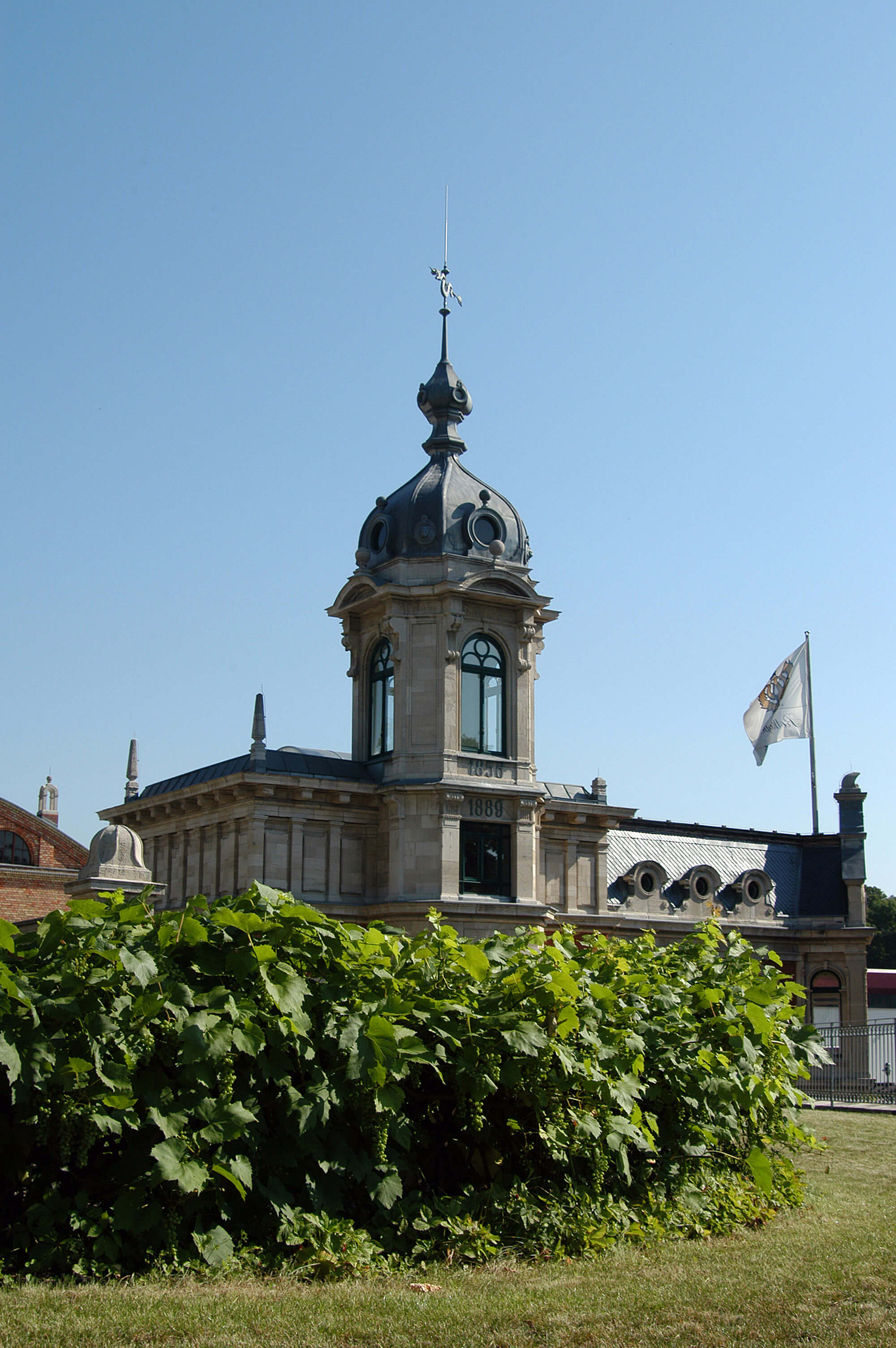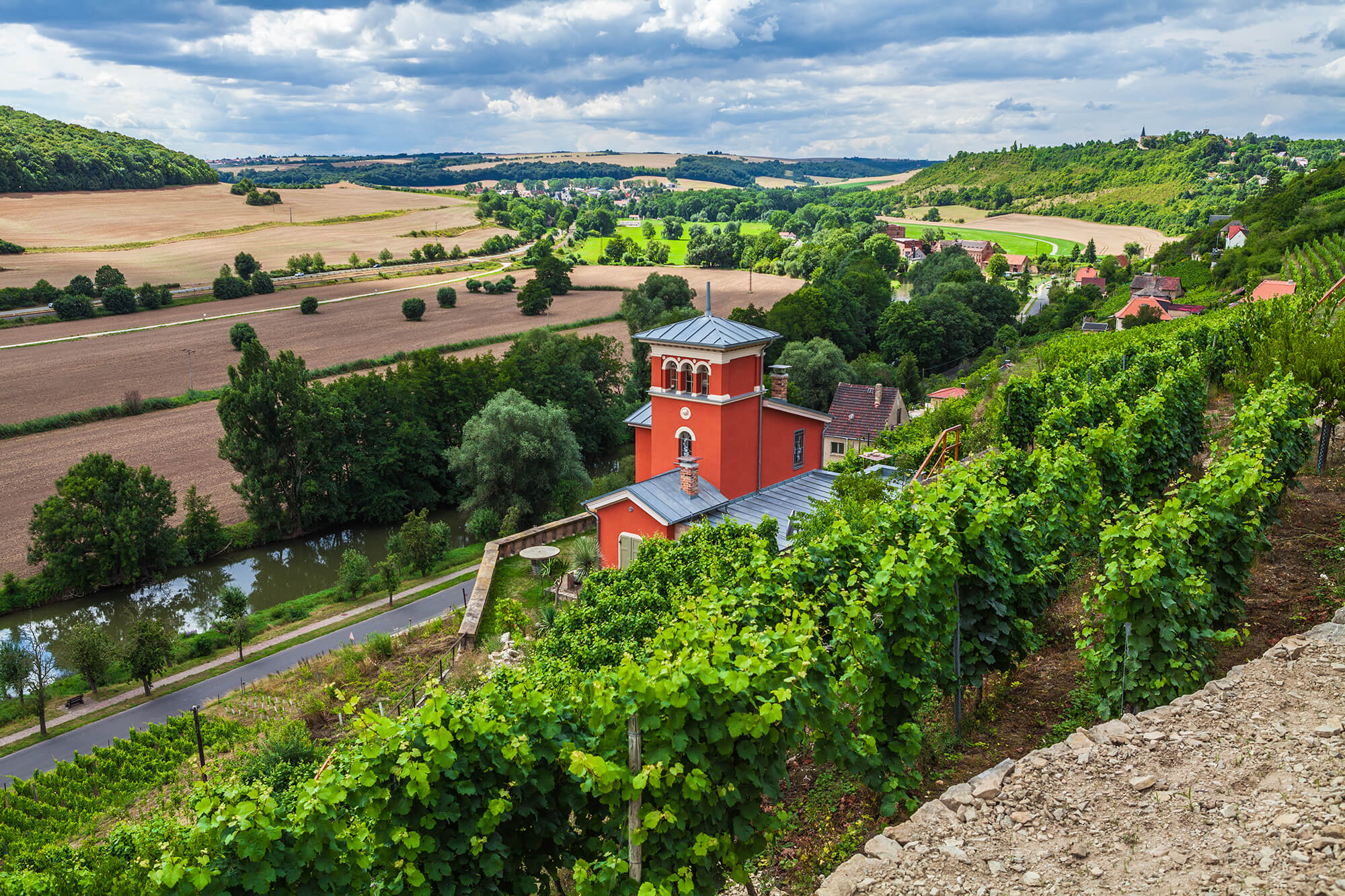Introduction
Saale-Unstrut is Europe’s northernmost traditional wine-growing region, where vines have been cultivated since AD 998, mostly on labor-intensive terraced vineyards. Yields are low and, with the exception of extremely rare dessert wines, all wines are vinified dry and have a refreshing acidity.
Statistics
Major Town: Freyburg, Naumburg, Bad Kösen
Districts: 3
Collective Sites: 4
Individual Sites: 47
Vineyard Area: 786
Terroir
Climate
– Weather is more variable than in the regions to the southwest
– Continental climate
– Average temperature
– Little rainfall – one of the driest regions of Germany
– Hard frosts in winter and danger of frost in spring
Soil
Top soil types:
Shell-limestone
Colored sandstone
Terrain
Saale-Unstrut, Germany’s most northern region, lies in the valleys of the Saale and Unstrut Rivers between Weimar and Leipzig on the 51° of latitude and is sheltered by the Harz Mountains and the hills of the Thüringer Forest. The majority of the wine region is located within the Saale-Unstrut-Triasland Nature Park.





